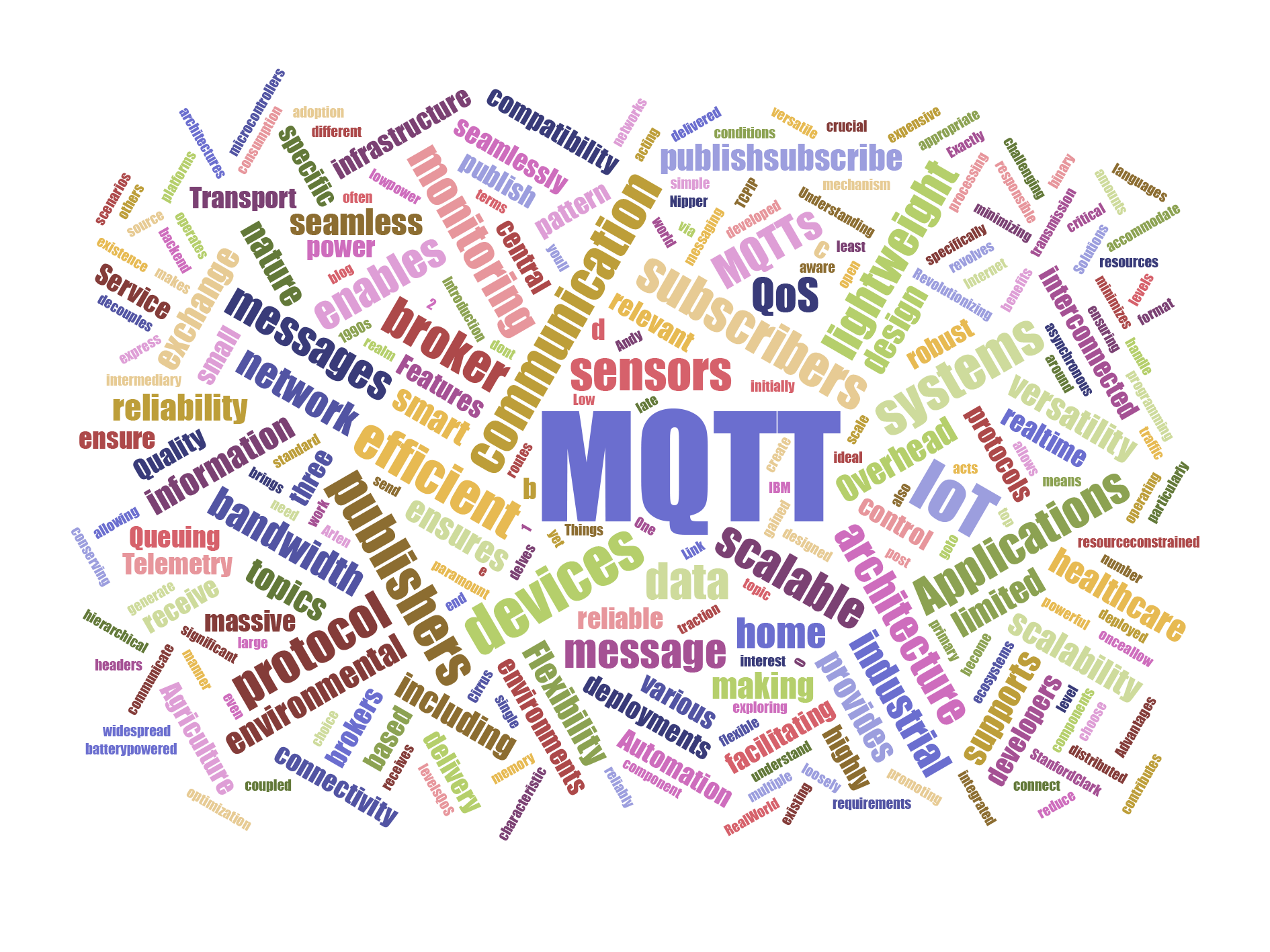Introduction
In today’s interconnected digital world, users rely on a multitude of online services and applications to meet their needs. However, managing multiple usernames and passwords for different platforms can be burdensome and pose security risks. Thankfully, OAuth 2.0 offers a solution that not only streamlines user experiences but also ensures the security and privacy of their data. In this blog post, we will delve into the concept of OAuth 2.0, its numerous advantages, and how it empowers both users and developers.
Streamlining Access and Protecting Privacy
OAuth 2.0 is an open standard protocol designed to provide secure and authorized access to user data across various platforms and applications without the need to share sensitive credentials. Acting as an intermediary layer between service providers and client applications, this grants users the ability to authorize third-party applications to access their data without exposing their login details.
The Power of OAuth 2.0 Authorization Tokens
One of the fundamental principles lies in the use of authorization tokens. These temporary access keys grant specific permissions to access resources on behalf of the user, eliminating the requirement to share usernames and passwords. By leveraging authorization tokens, OAuth2.0 enhances security measures, keeping user credentials safe from potential threats.
Benefits for Users
OAuth 2.0 offers a range of benefits for users. First and foremost, it provides a seamless experience by allowing users to access multiple services using a single set of credentials. Gone are the days of remembering and managing numerous login details! Additionally, this empowers users by granting them granular control over the permissions they give to third-party applications. This ensures their data remains private and only accessible to authorized entities. The Single-SignOn functionality offered by tech companies are leveraging this feature of OAuth.
Understanding the OAuth 2.0 Flow
To better comprehend how it operates, let’s examine its flow:
- The client application initiates the OAuth flow by redirecting the user to the authentication server.
- The user authenticates themselves with the authentication server.
- Upon successful authentication, the authentication server presents the user with a consent screen, requesting permission to access specific resources.
- If the user grants permission, the authentication server issues a code to the client application.
- The client application exchanges the code for an access token from the authentication server.
- The client application can now make authorized requests to the resource server using the access token.
- The resource server validates the access token and provides the requested data if the token is valid.
The Presence of OAuth 2.0
OAuth 2.0 has gained widespread adoption among major service providers and is extensively utilized in various domains, including social media, cloud services, and APIs. Its popularity stems from its effectiveness in enhancing user experiences while ensuring security and privacy.
Conclusion
OAuth 2.0 revolutionizes the way applications and services interact, providing users with a seamless and secure experience. By eliminating the need to share sensitive credentials, OAuth 2.0 enhances security measures while simplifying access to multiple services. For developers, OAuth 2.0 streamlines the integration process and taps into the user bases of popular service providers. In an ever-evolving digital landscape, OAuth 2.0 remains a vital protocol for safeguarding the privacy and granting users greater control over their data in today’s interconnected world.
To know more about OAuth you can read it from here. The JWT Response Token for OAuth introspection document can be found here.











